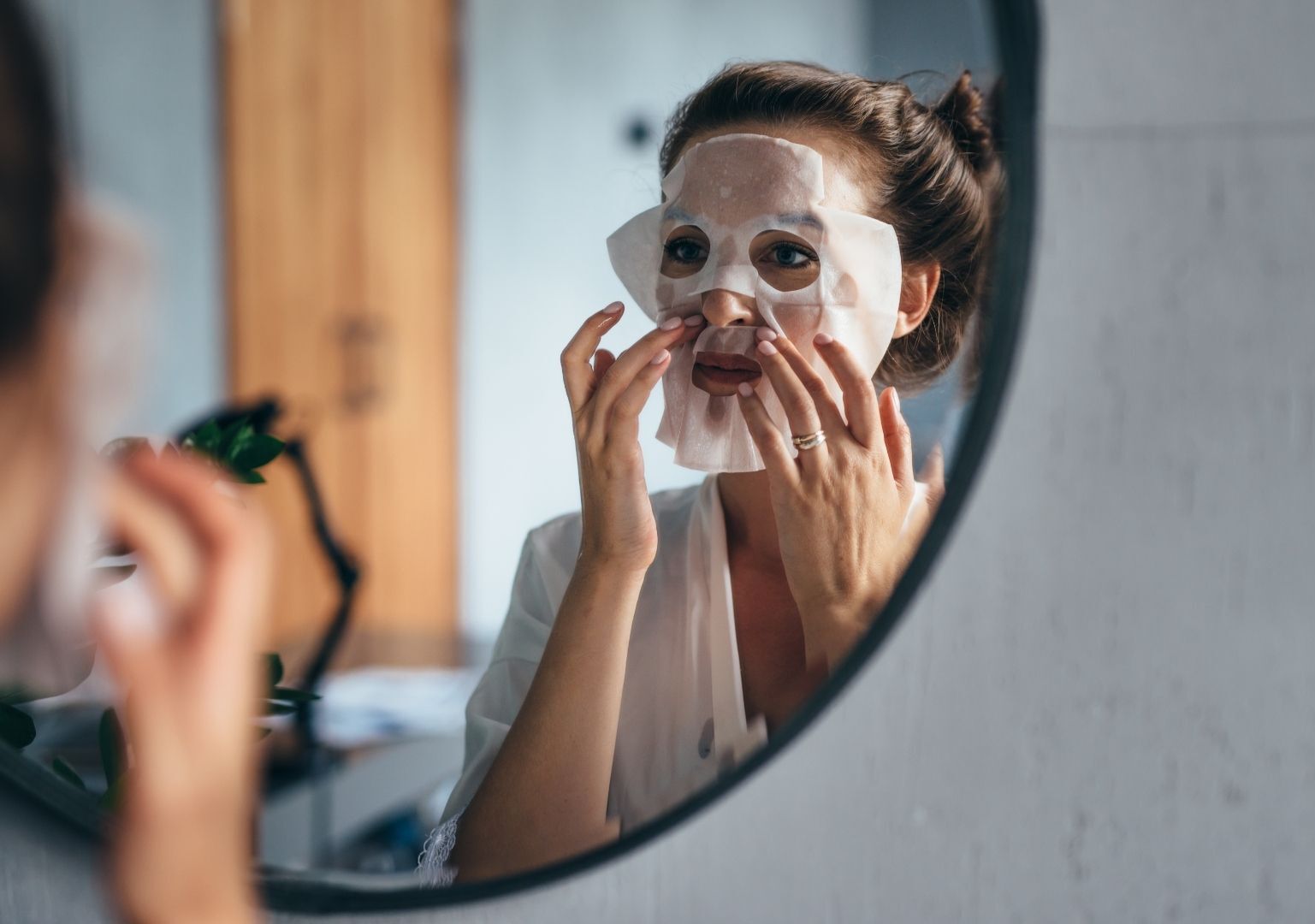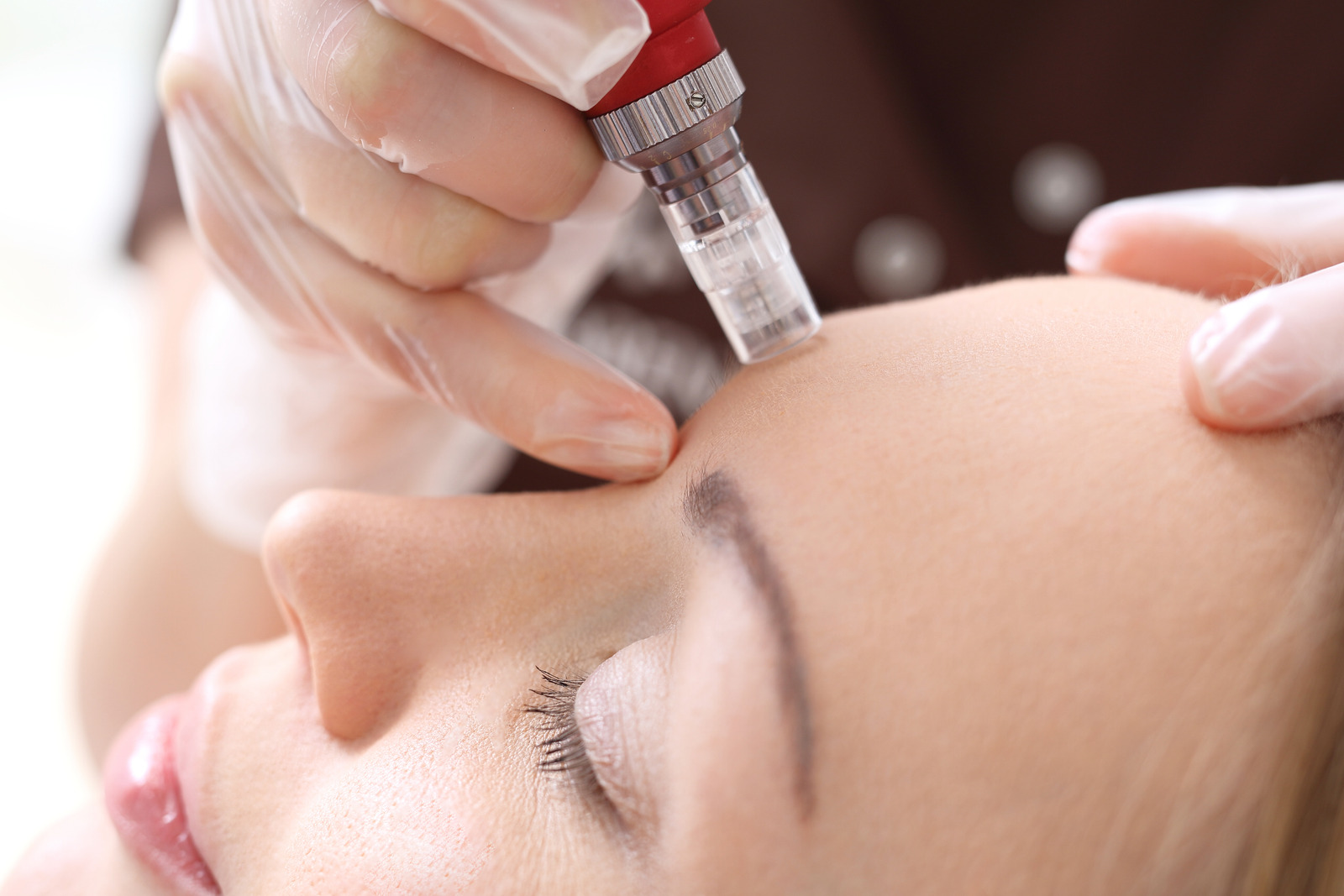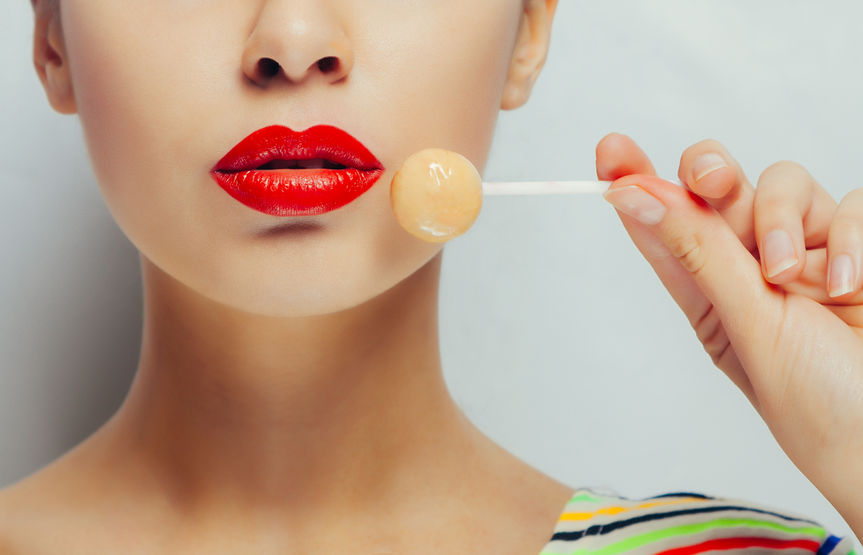
The Complete Guide to Face Masks: From Beginners to Expert Level
There are the face masks you wear when you have to go outside in a pandemic. And then there are the face masks you wear when you’re safely inside (preferably with an episode of Squid Game or You queued up) and in the mood to give your skin a little TLC.
From sheet to clay to bubble to butt (no, that’s not a typo — stay with us), we examine the multitude of masks on the market (many of which were popularized in Korea) to sort out the benefits of each and the best ways to apply them.
How Skin Care Face Masks Work
Compared to, say, a night cream, a face mask is only on your skin for a relatively short period of time. So how is it that masks actually do anything? Masks, in general, have a much higher concentration of active ingredients. And it’s very much by design that those actives work their magic in a matter of minutes.
It’s for this reason that if the instructions say to leave a mask on for 20 minutes and you keep it on overnight, sadly, you won’t wake up with dolphin-smooth skin. In this case, more isn’t more. In fact, applying a mask for longer than is recommended (particularly if it’s an exfoliating formula) could cause irritation. Leaving a sheet mask on for too long may counterintuitively cause the skin to become irritated and possibly drier.
Choosing a Skin Care Face Mask
There’s a lot of fun to be had when it comes to choosing a face mask. There are sheets made to resemble the faces of Disney princesses and glitter-spiked formulas that make you look like you might be from Pluto, to name but a few options. But at the end of the day, this is your skin we’re talking about, so make your decision carefully. That said, below are some broad strokes on the most popular mask types and the benefits typically associated with each.
Sheet Masks
To give you an idea of just how ubiquitous sheet masks are in K-beauty, there are stores in South Korea that sell them exclusively — as in, stores for sheet masks and only sheet masks. We could have spent an entire episode discussing this type of mask (and hey, maybe one day we will!), but essentially, sheet masks are just that: single-use sheets enriched with active ingredients. You can usually count on this type of mask to treat any sort of skin problem you might have, but it’s the material the sheet is made with that sets certain ones apart.
Cotton: Cotton is probably the most common sheet mask material. Masks made with cotton are drenched in serum or essence, which transfers to the skin during application. Just be aware that sometimes cotton sheet masks don’t fit the face quite as snugly as other materials, so you may need to just sit back and relax if you’re wearing one. (Sounds horrible, right?)
Hydrogel: Like a thick sheet of jelly, hydrogel face masks are infused with — as opposed to drenched in — active ingredients. This allows those masks to carry a higher amount of active ingredients.
Biocellulose: This natural material — which is made from cultured bacteria — is super absorbent, so it stores and delivers the highest concentration of actives. This type of mask also adheres extra-snugly to the skin, which means it has an occlusive effect and doesn’t allow ingredients to evaporate as quickly.
Clay Masks
Masks enriched with clay are really good for oily skin; they can help absorb excess sebum. Similar but different are mud-based masks: Mud is similar in that it’s a combination of water, clay, and other minerals. But mud has other healing properties, so it’s gentler, and it’s better for people with drier skin.
Charcoal Masks
Since it also helps remove excess oil, charcoal is another great option for oily skin. With that in mind, using a charcoal mask as a spot treatment if you have a breakout? It can help make the area less red and inflamed.
Cream Masks
If it’s a wash-off mask that doesn’t fit the profiles above, it probably could be classified into this catch-all category. Creamy wash-off masks have a wide variety of benefits depending on the active ingredients. Hyaluronic acid is a good bet if you’re after hydration or alpha hydroxy and beta hydroxy acids for exfoliation.
Sleeping Masks
No tricks here: A sleeping mask is meant to be applied before bed and works while you’re sleeping. But what’s the difference between a sleeping mask and a night cream? It all goes back to — you guessed it — the concentration of active ingredients. And sleeping masks (which typically focus on hydration) are more jam-packed with ’em than your standard cream.
Bubble Masks
Sure, they make a great photo op. But the benefits of bubble masks — which foam up on your face, supposedly increasing oxygen on the surface of your skin to help with circulation — are unproven. They’re entertaining, but I don’t know if they really, truly have a function.
Peel-Off Masks
If you have super-sensitive skin, be cautious when it comes to peel-off masks, which remove a layer of dead skin as the dried formula is literally peeled away from the face. These masks don’t really have actives. They’re not designed to penetrate…so they just basically get rid of the dead layer of the skin gently, making your skin feel a lot smoother.
Body Masks
You may have noticed that masks are migrating to other parts of the body. We’re not at all opposed to the idea of hand, lip, and even butt masks, but it all comes down to the ingredients (yes, again). Lips and hands could benefit from hydrating options, and derrieres could potentially be made less prone to breakouts if a mask had salicylic acid or other acne-fighting ingredients.
Tips for Applying Face Masks
Don’t Overdo It
Now that you’ve read up on the plethora of masking options available and hopefully found a formula that works for you, we understand you might be tempted to apply it as often as possible. But, especially if you have sensitive skin, you can definitely overdo it. That said, some celebrities in Korea swear by using a sheet mask every single day. So, start slow and find a rhythm that works for you — once or twice a week is pretty typical.
Consider Multi-Masking
If your cheeks are flaking at the same time your T-zone feels like an oil slick, you might have what’s often referred to as combination skin (which, in reality, all of us probably have). And you could very likely benefit from multi-masking, or applying different types of masks on different parts of your face. (If the above sounds like you, try a creamy hydrating mask on your cheeks and something with charcoal or clay around your nose.) The process can be a bit labor-intensive, but the logic is very much supported in the aesthetician field. So, if you’ve got the time to mix and match, have at it.
The Bottom Line
If you’re looking to supercharge your skin care routine (and really, who isn’t?), consider incorporating a mask a couple of times a week. Do your research on ingredients and formats to find the one that will best serve the needs of your skin. K-beauty brands have ushered in a new era of innovation, so rest assured you’ll have plenty of options. And don’t forget to not neglect the benefits of a spa facial every month.
Your skin is how you’re seen, and when you want to look your best, facials are the best way to take care of yourself. Call Botanica at 727-441-1711 to book your appointment today!
Love,
Gen



Leave a Reply